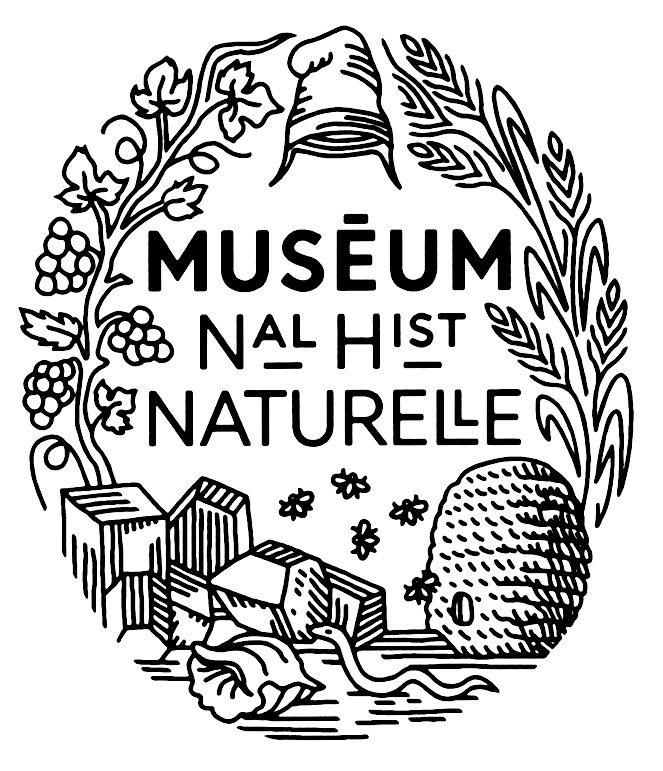Human Auditory Ecology, a new interdisciplinary field
 The aim of these interdisciplinary colloquia, organized as part of a partnership between the Muséum national d'Histoire naturelle and the Ecole normale supérieure (Université PSL), is to promote the scientific study of the human auditory system's ability to perceive ecological processes at work in natural habitats, by confronting hearing sciences (psychoacoustics, au
The aim of these interdisciplinary colloquia, organized as part of a partnership between the Muséum national d'Histoire naturelle and the Ecole normale supérieure (Université PSL), is to promote the scientific study of the human auditory system's ability to perceive ecological processes at work in natural habitats, by confronting hearing sciences (psychoacoustics, au


